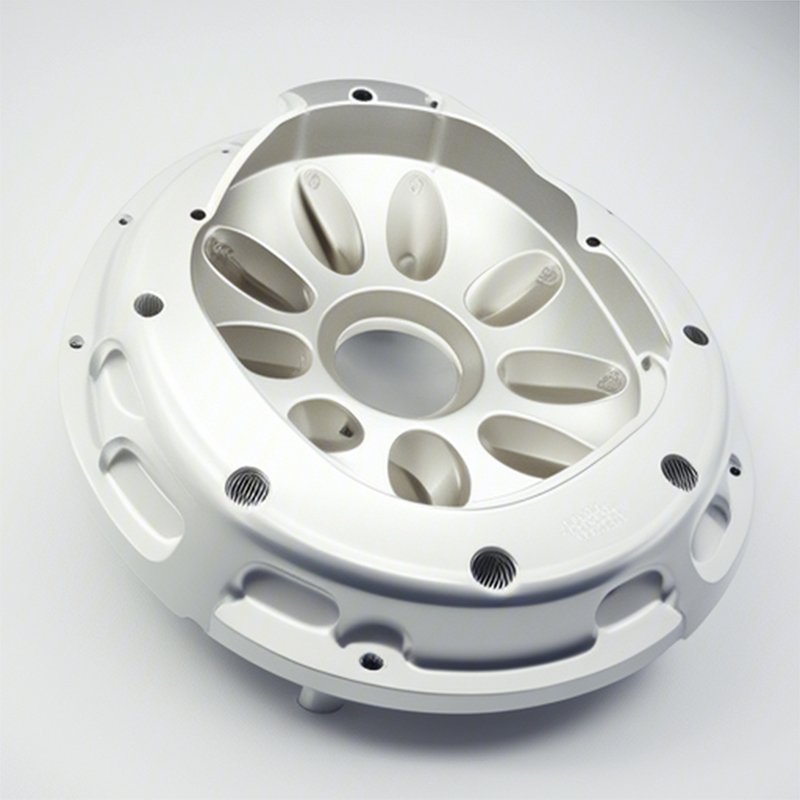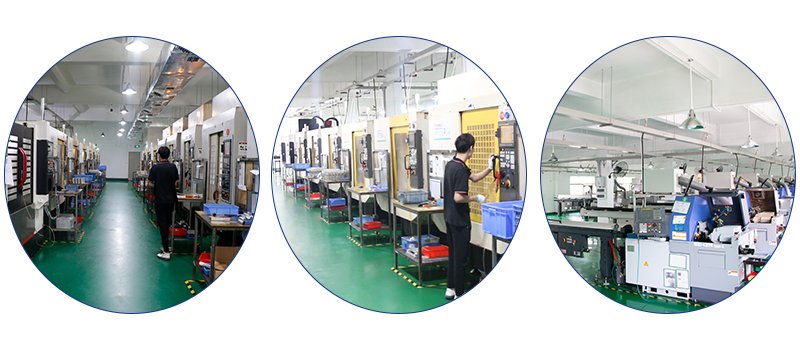Have you ever promised a delivery date to a client, only to find yourself scrambling at the last minute? I know that pain all too well. In the world of CNC machining, getting the delivery time wrong can destroy trust and damage your reputation. But here’s the good news: with the right methods, you can accurately predict lead times and make your customers happy every time. Stick with me, and I’ll show you how I do it at yl-machining.
Accurately estimating CNC machining lead times requires careful planning, clear communication, and a deep understanding of the machining process. Factors like material availability, part complexity, machine workload, and secondary processes like turning, milling, and 5-axis operations must be considered. Regular updates and proactive problem-solving can greatly improve accuracy and client satisfaction.
Now, before we dive deeper, let me ask you a simple question: Have you ever lost a project because you couldn’t promise a reliable delivery time? If so, you’re definitely not alone. Let’s break down the key elements that can transform how you estimate CNC machining lead times, making you faster, smarter, and more trustworthy in your clients’ eyes.
1. Understanding the Part Complexity Is Key
When I first get a drawing, the first thing I ask myself is: “How complicated is this part, really?” The complexity directly affects how long CNC machining will take. A simple turning job might finish in a few hours, while a 5-axis precision part could eat up several days.
Tips I use:
Review the number of operations needed.
Check if the part needs multi-axis setups like 5-axis machining.
Analyze if secondary operations like milling are required.

2. Always Factor in Material Availability
Material delays are silent project killers. Trust me, I learned the hard way. Even if your machining schedule is perfect, no material means no production.
Here’s what I check:
Is the material in stock, or do I need to order it?
How long does the supplier usually take?
Will I need special certifications for this batch?
3. Machine Availability Should Never Be Ignored
I’ve seen shops with amazing setups but constantly behind schedule. Why? Their machines were always overbooked. Before I give any timeline, I always check the real-time workload.
Here’s my routine:
Check the CNC machining schedule daily.
Reserve machines ahead for turning, milling, or 5-axis jobs.
Allow buffer time for unexpected delays.
4. Include Setup and Programming Time in Your Estimate
Many newcomers forget this and then wonder why deliveries are late. Every part needs setup time, especially custom parts needing 5-axis operations or complicated milling.
Key points I remember:
Setup can take longer than machining in some cases.
Complex programs (like 5-axis paths) need careful simulation.
Always add a 10-20% buffer for initial trials.

5. Factor in Surface Treatments and Post-Processing
Finishing can turn a simple part into a time bomb. Whether it’s anodizing, heat treatment, or painting, these processes add days.
What I do:
Identify finishing needs early.
Ask suppliers for realistic processing times.
Plan overlapping schedules if possible (e.g., start machining next batch while finishing previous).
6. Account for Quality Control and Inspection
Sometimes, QC takes longer than the machining itself! Clients expect precision, especially with 5-axis and tight-tolerance milling parts.
How I handle it:
Plan for at least one full day of inspection for complex jobs.
Include CMM checks, functional tests, and documentation time.
Always communicate inspection expectations with the client.
| Process | Typical Inspection Time | Notes |
|---|---|---|
| Visual Inspection | 2-3 hours | For simple turning parts |
| CMM Inspection | 1-2 days | Complex 5-axis/milling parts |
| Functional Testing | 1 day | For mechanical assemblies |
7. Never Underestimate Communication Time
Emails, clarifications, design changes—all these add up. I factor in communication delays when promising any delivery.
What I’ve found useful:
Clarify every doubt as early as possible.
Set a cut-off date for design changes.
Keep clients updated weekly on project status.
Common FAQs About Estimating CNC Machining Lead Times
1. How does part complexity impact CNC machining lead times?
Part complexity affects the number of operations, setup times, and inspection needs. Simple turning parts are faster, but complex 5-axis and milling parts demand more planning, programming, and checking.
2. Why does material availability play such a big role?
Without material, production can’t even start. Special alloys or certified materials can take weeks to source, dramatically pushing back the start date for CNC machining.
3. Can post-processing really delay delivery by that much?
Absolutely. Processes like anodizing or painting often involve outside vendors, each with their own schedules. Missing even one step could mean losing several days—or worse, weeks.
Final Thoughts: Mastering Lead Time Estimation
Now that you’ve walked through my entire process, you probably see that accurate lead time estimation isn’t magic. It’s a mix of smart planning, clear communication, and real-world experience. By balancing CNC machining schedules, carefully managing turning, milling, and 5-axis jobs, and staying ahead of material or finishing delays, you can hit your deadlines confidently.
At yl-machining, we live and breathe this every day. Getting it right means happier clients, smoother operations, and a reputation you can be proud of. So the next time you need to promise a delivery date, remember: predict wisely, communicate clearly, and always expect the unexpected.
What’s the biggest challenge you face when estimating your CNC project deadlines? I’d love to hear about it—drop a comment or reach out!


